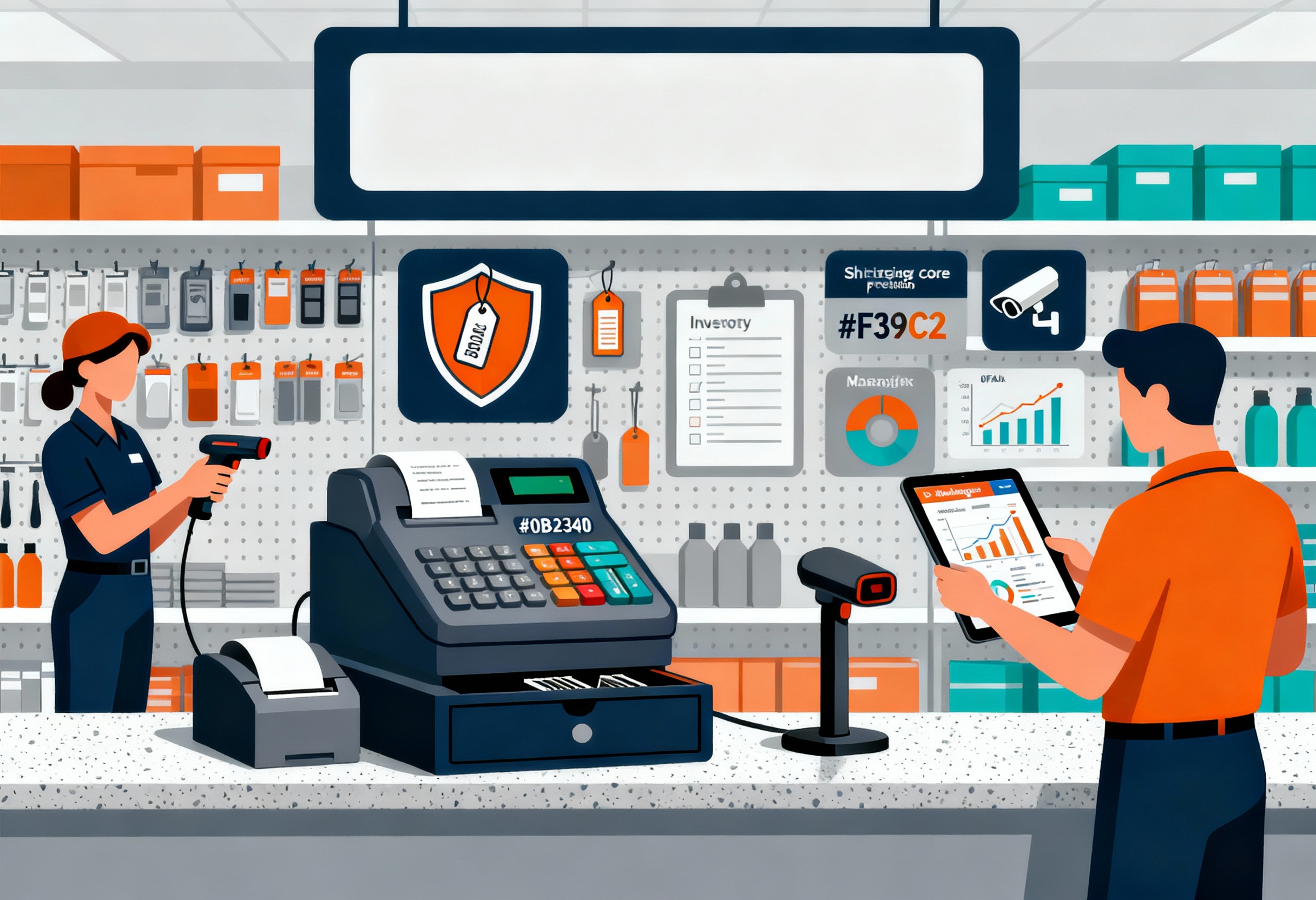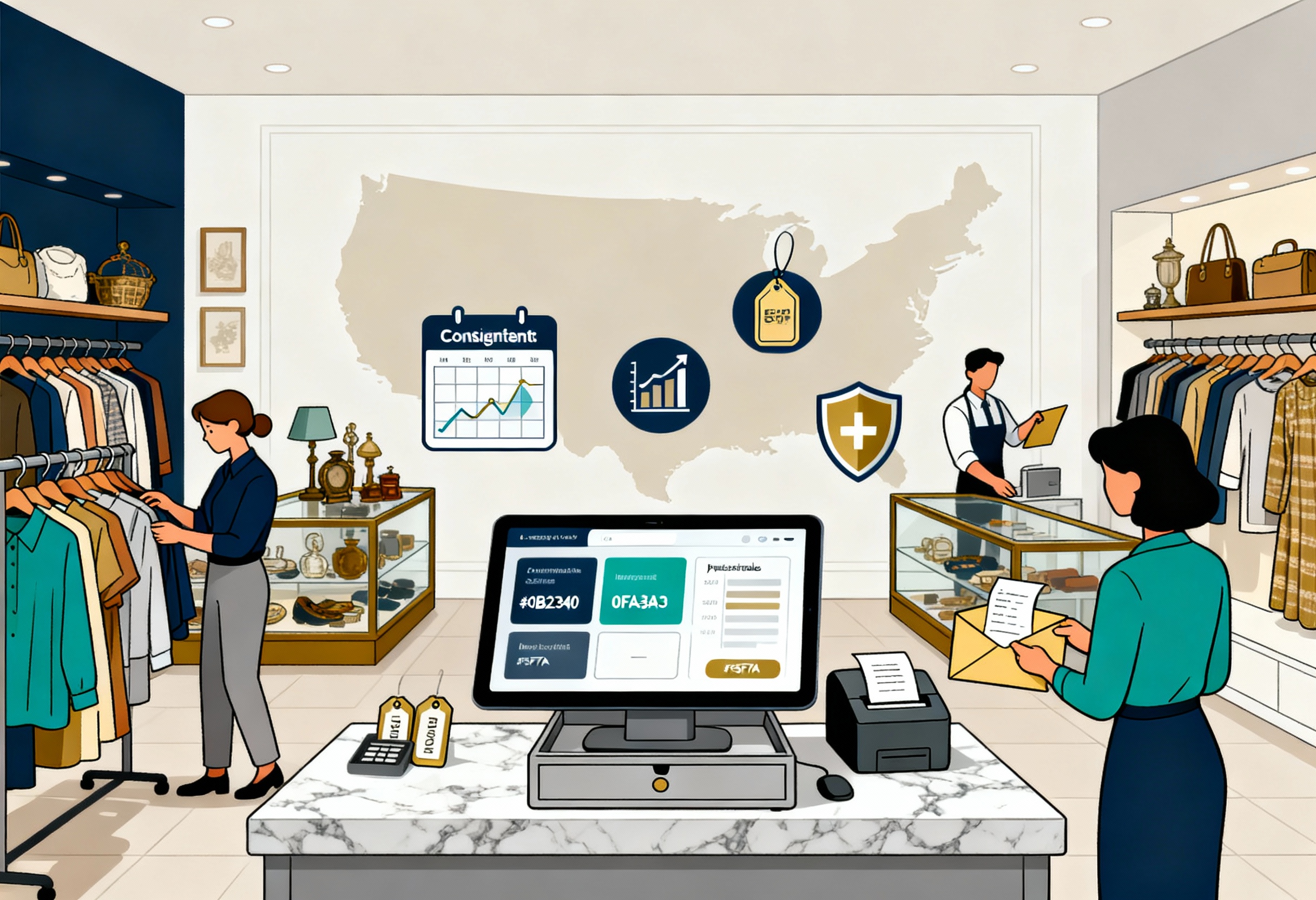What is an Analytics Dashboard?
An analytics dashboard is a visual interface that tracks, organizes, and displays real-time data using charts, graphs, and tables. It pulls key performance metrics from different systems, like your POS platform, marketing tools, website, or CRM, and consolidates them into a single view.
For retail businesses, particularly in e-commerce, it serves as an indispensable resource for understanding the intricate performance of your store across core areas such as sales, inventory management, customer behavior patterns, and marketing effectiveness.
How Analytics Dashboard is Used in eCommerce Stores
E-commerce retailers heavily rely on analytics dashboards to simplify complex data tracking and empower them to make informed, data-driven decisions at an accelerated pace.
The implementation of analytics dashboards can vary: some e-commerce platforms, like Shopify, offer robust built-in analytics that provide immediate insights. Alternatively, businesses can create highly customized dashboards using powerful third-party business intelligence tools such as Google Looker Studio (formerly Google Data Studio), Microsoft Power BI, or Tableau.
Common use cases include:
- Sales Tracking: Monitoring daily, weekly, or monthly revenue, identifying top-selling products, and analyzing location-specific performance to pinpoint high-growth areas or those needing attention.
- Customer Behavior Analysis: Tracking vital metrics like product views, add-to-cart rates, checkout abandonment rates, average order value, and returning customer rates to understand the customer journey and optimize conversion funnels.
- Marketing Performance: Reviewing the Return on Investment (ROI) of various marketing campaigns, analyzing click-through rates (CTR), conversion rates by channel (e.g., social media, email, paid search), and overall campaign effectiveness.
- Inventory Monitoring: Receiving proactive alerts for low stock levels, tracking inventory turnover rates to ensure efficient stock rotation, and identifying deadstock buildup to prevent financial losses.
Some dashboards are interactive, letting users filter by date, location, or product category to dig deeper into trends.
How Analytics Dashboard Delivers Value for Business
Dashboards give teams a real-time pulse on the business. You don’t need to wait for reports or dig into spreadsheets. With everything in one place, you can:
- React Quickly: Swiftly respond to sudden changes in business performance, such as unexpected drops in website traffic, surges in returns, or spikes in specific product demand.
- Identify Issues and Opportunities: Easily pinpoint underperforming product categories, less profitable marketing channels, or even store locations that might require strategic intervention.
- Refine Strategies: Continuously optimize marketing campaigns, inventory purchasing, and customer service strategies based on actual, up-to-the-minute results.
- Enhance Collaboration: Share live, consistent data across different departments, from marketing and sales to operations and finance, fostering better coordination and alignment towards common business goals.
Analytics dashboards turn raw data into something your teams can act on, without needing an analyst to interpret it.
How ConnectPOS Helps with Analytics Dashboard
Understanding what’s happening across your sales, inventory, and customer activity shouldn’t require jumping between tools. ConnectPOS brings everything together in a centralized analytics dashboard designed for speed, clarity, and actionable insights.
With real-time data pulled from all channels, ConnectPOS dashboards give you a clear view of performance metrics like top-selling items, low-stock alerts, revenue trends, and staff performance. You can break down data by location, product category, or timeframe, making it easier to spot patterns and make informed decisions.
The dashboard also supports custom reports, which means you can track the numbers that matter most to your business, whether that’s discount effectiveness, loyalty engagement, or daily sales by register.
Instead of guessing or waiting for end-of-week reports, ConnectPOS keeps your key metrics visible and up to date. It’s a smarter way to keep your business on track – one dashboard, multiple insights, all in real time.
« Back to Glossary Index

